A war on lawns? Environmentalists are urging homeowners to rethink them
Lawns. You know them. You love them. If you live in the suburbs, you'd better love them.
Lawn mowers. Lawn swings. Lawn chairs. Lawn games. Lawn sprinklers. Lawn care products. Where would we be without lawns?
Maybe we'd be better off, says Dave Chalek, owner of Sprout Farms & Gardens in Teaneck.
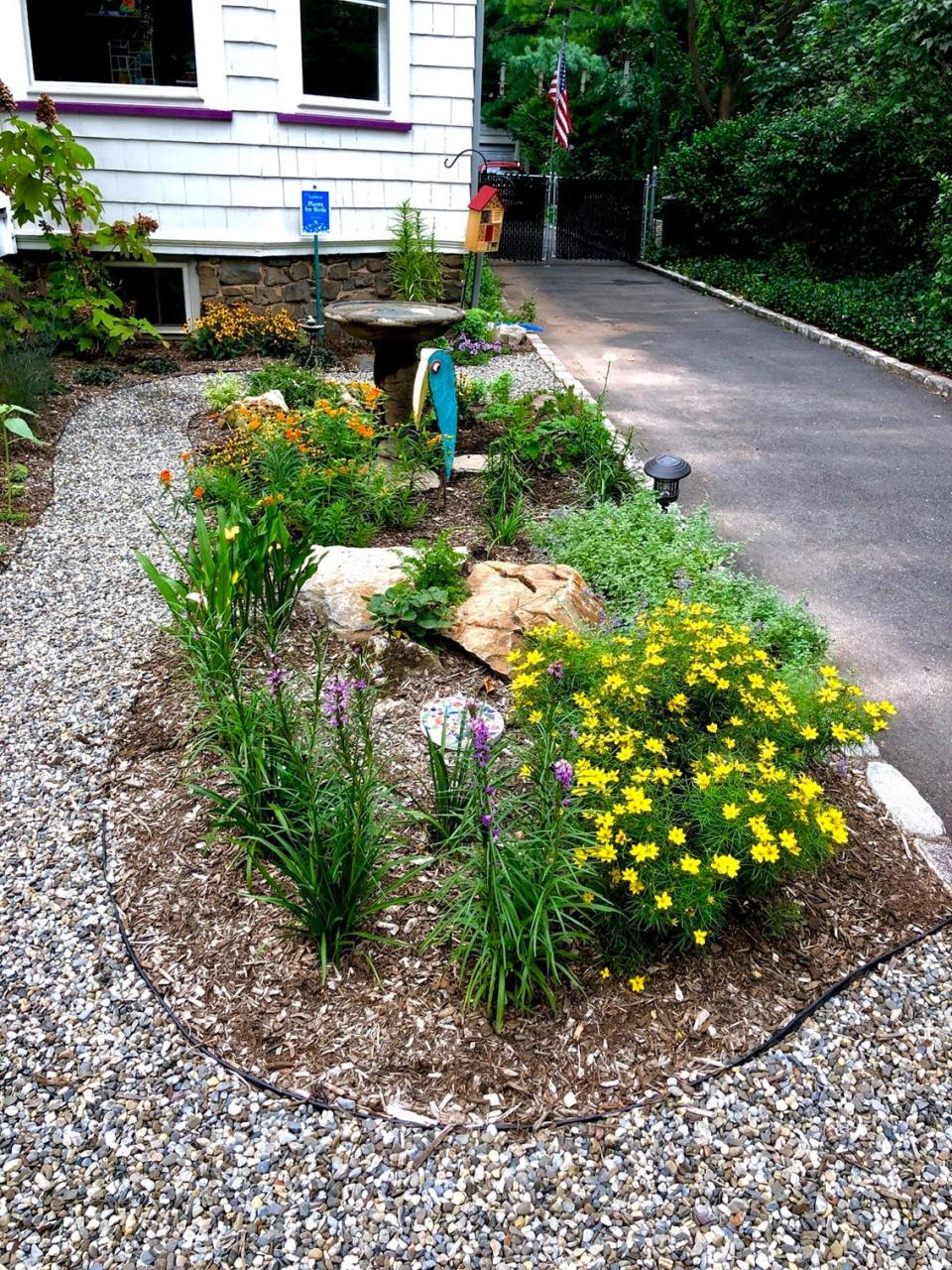
"Through urban sprawl, we've really destroyed our ecosystem without knowing it," said Chalek, who will be leading a No Mow Lawn Workshop at the Johnson Public Library in Hackensack on Saturday from 9:30 a.m. to 2:30 p.m. Advanced registration is required.
In this two-part, one-day seminar, you'll learn how to reimagine your yard.
You'll also learn why you should do so — sooner rather than later, according to the Northern New Jersey Community Foundation, which is sponsoring the event though its Green Infrastructure for Environmental Justice Project.
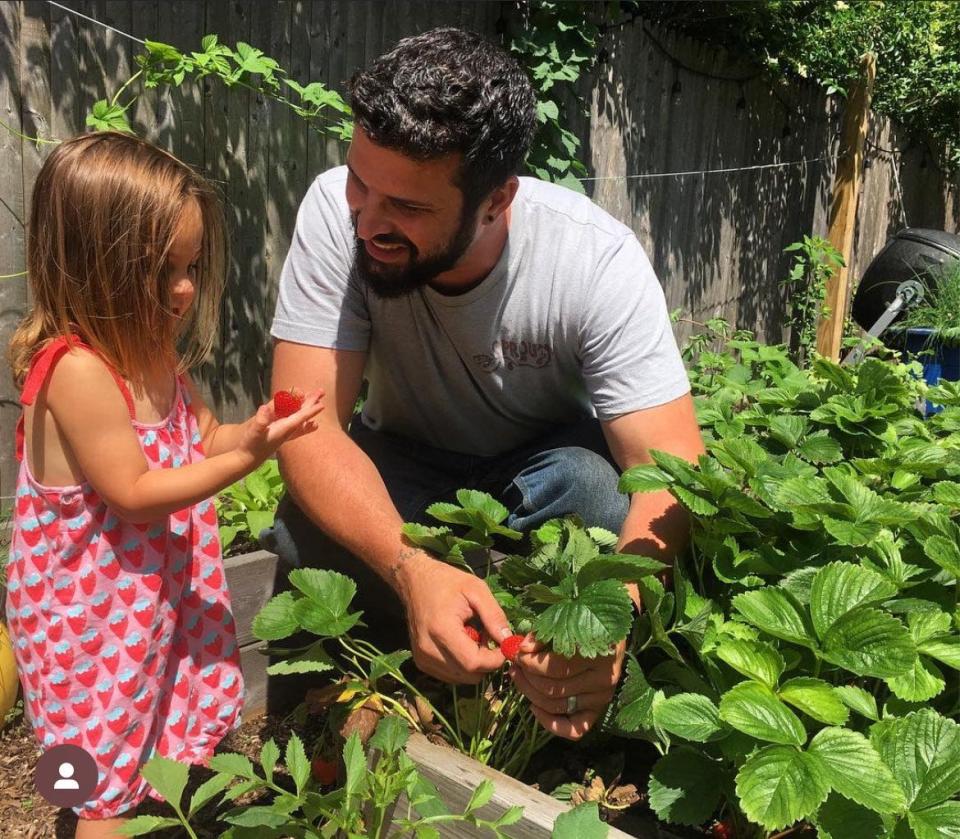
"Lawns don't provide anything, they only harm our environment," Chalek said. "Not just through gas-powered machines, like lawn mowers, but through chemical fertilizers, which are petroleum-based. We've destroyed the ecological balance of our area, everything from soil microbes up to bald eagles."
The good news is that there are alternatives. That's what the No Mow Lawn Workshop is all about.
"I think this is a great seminar for people who want to help nature, help improve biodiversity, support the environment and help reduce flooding," said Leonardo Vazquez, executive director of the NNJCF.
"It's also great for people who don't want to mow so much," he said.
The no-mow movement is growing
The no-mow movement — and its numbers are growing — isn't anti-lawn per se.
Advocates are not arguing that you should pave over your front yard with asphalt. Nor that you should let your property turn into a weed-choked mess.
They are saying that a more judicious choice of grass seed, or a repurposing of your front yard as a native garden, has benefits — for pollination, for flood control, for biodiversity and for sheer visual interest.
And you'll have to mow less. Or not at all.
"There are a lot of benefits to it, supporting birds and bees and other pollinators, and reducing or eliminating mowing — which, in the case of gas mowers, is better for the environment," Vazquez said.
The history of the grass lawn
All of which may be a hard sell, to suburbanites who live and die by their lawns.
What will the neighbors say? Not to mention the block association?
"It's going against the conformity of the standard suburban front yard," Vazquez said. "I think, for a lot of people, lawns are kind of a tyranny of custom."
People feel strongly about lawns. And no wonder. They're cultural and class signifiers. Have been, ever since they took the fancy of the aristocracy 500 years ago.
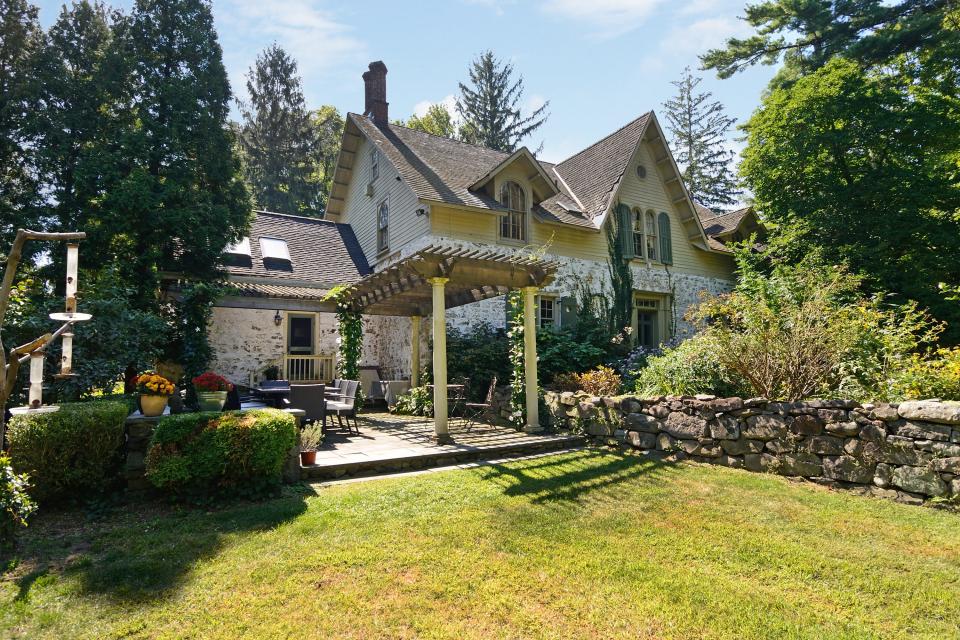
Lawns made perfect sense, in the 16th century. Short grass, in front of your baronial house, meant you could see in advance whether friend or foe was on the way.
They were also expensive to keep: you needed a houseful of servants, equipped with scythes. Which is why they were status symbols.
When the lawnmower was invented in 1830, it was a game-changer. It meant anyone could play lord of the manor with their own perfectly manicured property — provided they were willing to push the gizmo endlessly across the yard.
It was only natural that, in the suburban world where each man is king of his castle, the lawn would rule.
"It's an immense source of pride for many people, and the bane of existence for others," Chalek said. "Half of American loves the lawn and will do anything to keep it pristine. The other half wishes they didn't have to deal with it."
Traditional lawns require a lot of water
So what's wrong with that lush, perfectly trimmed suburban lawn that is the stuff of wonderful summer memories — not to mention wonderful property values?
Well, for one thing, it requires water. A lot of it.
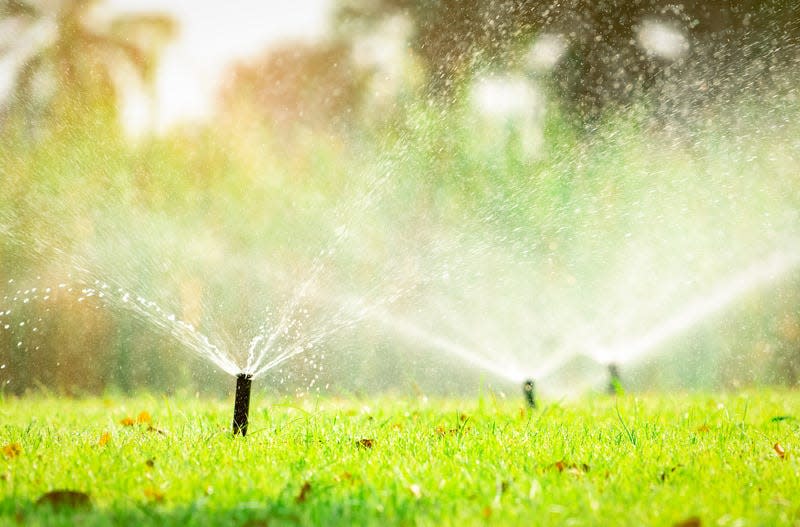
Kentucky bluegrass, the most desirable seed for those who want that dense carpet of green, sucks water like a sponge. Whether you use it undiluted, or mix it with other grasses as many do, expect to be watering constantly.
"A typical homeowner with a beautiful Kentucky bluegrass lawn is going to water their lawn at least once a day, starting in June — some start earlier — until the end of September," Chalek said. "You're putting hundreds to thousands of gallons of water in your lawn for 20 minutes a day, every single day. Some people do it even more than that."
And those thousands of gallons of water are mixing with the fertilizer and pesticides: The runoff ends in our drinking water.
And did we mention mowing? Most homeowners with this kind of lawn mow their yard once a week. Every other week, at least.
Fescue is a drought-tolerant alternative
What's the alternative? Well, one possibility is to plant dwarf fescue — another grass variety with deeper roots, and more drought-tolerance.
Not necessarily as durable: it will stand up to ordinary pedestrian use; not so well to hyperactive kids and rambunctious dogs.
On the other hand, it requires less watering, and less mowing. A lot less.
"You mow them twice a summer," Chalek said. "Maybe a little more, depending on the growth rate."
As for water, you'll need three short waterings a day in the initial period, to keep the seedlings damp. "Once it's established you can start watering less," Chalek said. "And then once you get your lawn going, which can take more than one season, you don't have to water much at all."
Fescue, however, is still an imported species. If you want to go native, there are other options. Sedge, also known as Carex, is one. "It's more wild looking, maybe better for the back lawn," Chalek said.
It, too, requires mowing only twice a year. And butterflies love it. "Your lawn becomes a nursery for Lepidoptera," he said. "And birds eat the seeds."
Native plants are best for the environment
But some no-mowers, those who care about the health of the planet in an era of rising tides and vanishing species, would go further. Native grass is good. No grass, they'd argue, is better.
One answer is to replace the grass with a native plant garden.
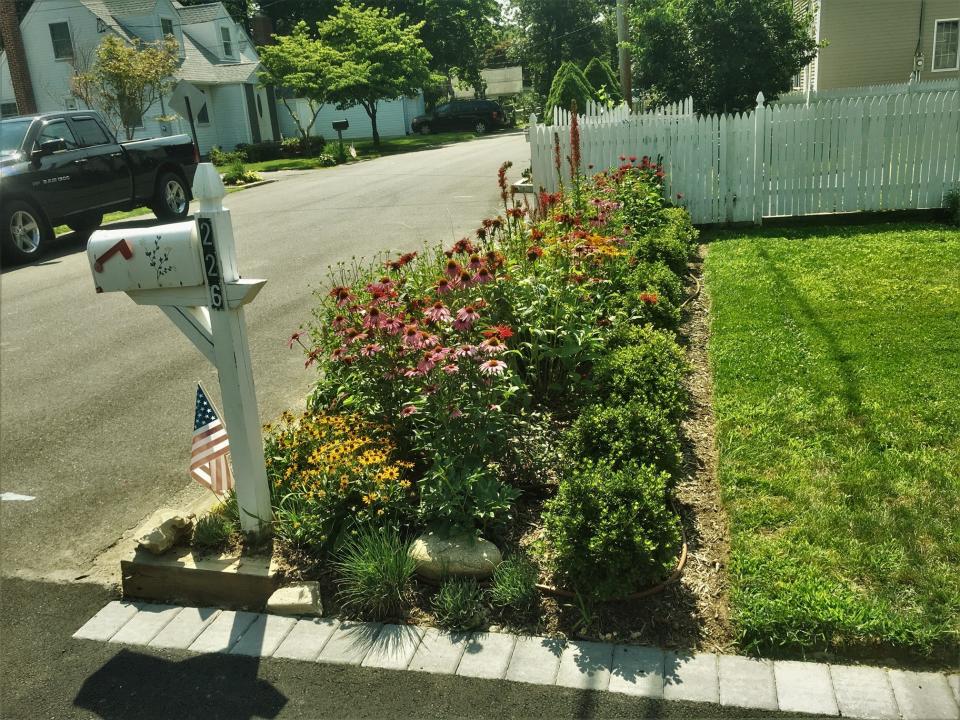
Black-eyed susan, Echinacea (coneflower), Liatris (blazing star) Coreopsis (tickseed), pussytoes, butterfly weed, violets, goldenrod, beardtongue, turtlehead, anise hyssop, Joe Pye weed — to name a few — are pretty, hardy, and healthy for the environment.
Being native plants, they are — by definition — well suited to this area. They have an established, complex relationship with other local plants and animals, which imported species tend to disrupt.
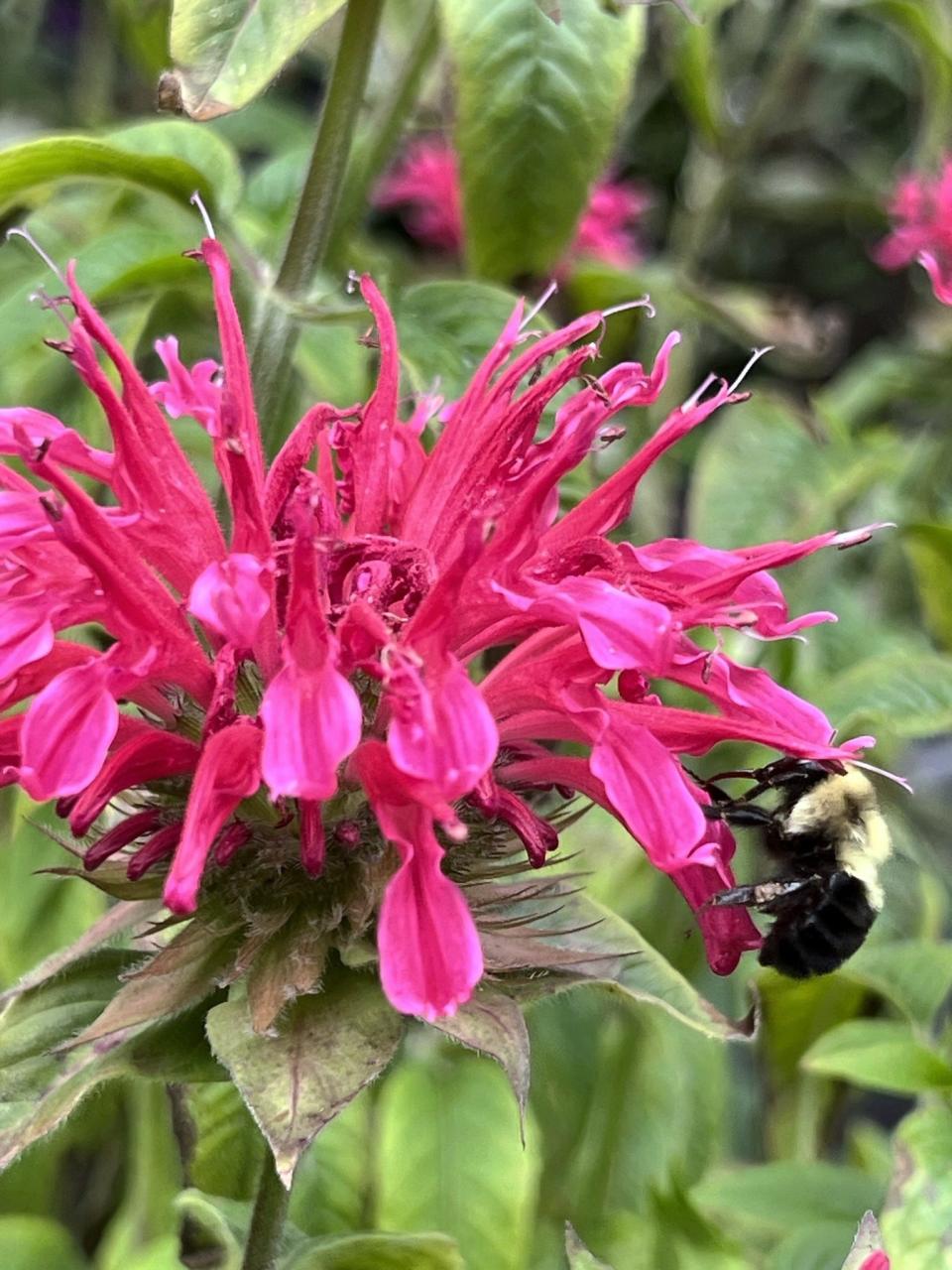
"They're hosts for so many different native species butterflies and moths, and for so many different kind of bugs and beetles," Chalek said. "There have been a lot of studies done that show that while non-native plants are good at attracting pollinators, native plants are better."
Imported plants, from an ecological perspective, can be worse than useless. The native maple, as entomologist Douglas Tallamy has pointed out, is a popular food source and host plant for insects and other critters. But they spurn its fancy foreign cousin, the imported Norway maple.
"They will not touch it," Chalek said. "They will not eat it. It provides nothing."
Certain plants help control flooding
Meanwhile, if you're concerned about flooding — and who isn't, after the recent winter? — you might consider planting a rain garden.
This is a garden specially designed to absorb stormwater. The plants are native species with longer roots. And the garden itself is subtly concave.
"It's a bowl, rather than a plate," Vazquez said. "Rain gardens can absorb up to 30% more stormwater than a lawn. And they also do a better job of filtering the water, before it goes into — in our case — the Hackensack River."

All of this is an investment of time and money. You might expect to spend $2,000 or more to overhaul your front lawn, Chalek said, with an additional $500 or so a year if you want a professional to take care of it after that.
But the environment will thank you. The birds, bees and microbes will thank you.
Even the neighbors may thank you. Eventually.
"In my town, I've seen people put up signs on their lawns where the native plants are, basically saying 'This Is Intentional,' " Vazquez said. "Yes, I meant it to look this way."
Register for the workshop at https://tinyurl.com/NoMowLawn
This article originally appeared on NorthJersey.com: Are lawns a bad idea? Are there other options?

